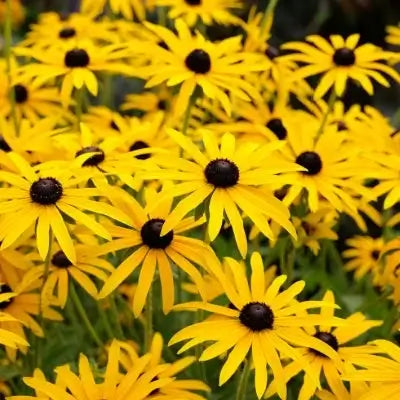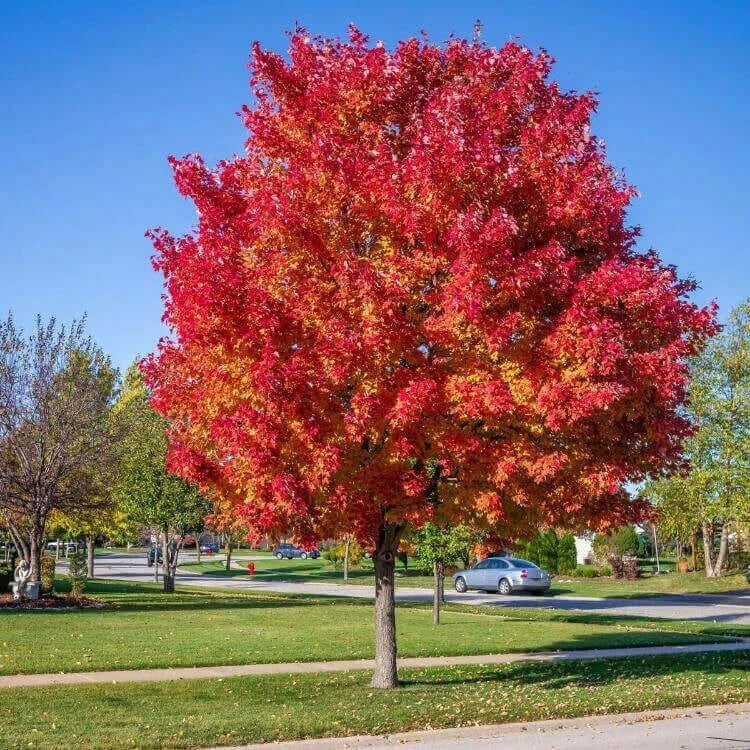Thriving Beauties for Mild Winter Climates
Share
The Best Perennials for Zone 8: Gardening in a Moderate Climate
Zone 8 stands out for its temperate winters, which maintain temperatures above ten to twenty degrees Fahrenheit even at their lowest point. Gardeners benefit from an elongated growing period and have the opportunity to grow numerous perennial plants in this environment. Zone 8 covers coastal areas and warm inland regions where moderate weather conditions allow many plant species to thrive despite periodic frost occurrences. Learning about the distinct microclimates in a Zone 8 garden enables gardeners to maximize the perennial potential that leads to vibrant annual returns.
A Growing Environment for Perennials
Perennials in this zone grow better because their winters are moderate and free from extreme freezing conditions in more severe climates. Gardeners can grow plants with subtropical characteristics and Mediterranean growth patterns, including herbs, flowering ornamentals, and shade-tolerant groundcovers. Zone 8 is an ideal testing ground for all gardening styles ranging from colorful cottage gardens to organized landscape designs. The consistent warmth in microclimates created by buildings and tree canopies allows plant roots to survive cold months and emerge stronger in spring.
Zone 8 perennials attract gardeners through their persistent color and structure, eliminating yearly replanting. The most common perennial choices include hardy geraniums and salvias, but gardeners have options such as Agastache and penstemon, which flourish in well-draining soil. Perennials that thrive in full sunlight and prefer partial shade create layered displays that maintain constant blooms from spring to late fall. Hostas that typically favor cooler environments successfully grow in Zone 8's northern areas when planted in shaded locations that protect them from direct sunlight. Tropical or semi-tropical perennials like cannas and elephant ears thrive with enough water and direct sunlight.
Gardeners in Zone 8 choose perennials that bring beneficial wildlife to their gardens. Bee balm, black-eyed Susan, and lavender are magnets for pollinators, drawing, drawing butterflies, and hummingbirds. These plants demonstrate resilience against unexpected cold weather and become low-maintenance once they fully establish themselves. Introducing pollinator-friendly plants helps create a balanced ecosystem by sustaining local insect populations that support birds and other wildlife. Native perennials enhance environmental balance while minimizing chemical use and watering needs because they naturally thrive in local soil and rainfall conditions.

Beauty, Function, and Resilience
A well-curated perennial collection enables gardeners to maintain their gardens more efficiently. With perennials returning annually, gardeners prioritize soil improvement and mulching alongside strategic pruning instead of full plant replacements. Mulch maintains stable soil temperatures and retains moisture, which proves advantageous during the typical hot and arid summer weather in Zone 8. A thick organic mulch layer of straw or composted leaves protects roots against mild freezes and maintains garden bed health throughout hot periods. When gardeners select region-specific perennials, their gardens form stable plant communities whose roots securely anchor into the soil.
Zone 8 provides abundant perennial herbs for gardeners who wish to cultivate them. The herbs rosemary, sage, thyme, oregano, and lemon balm thrive with sufficient sunlight and well-draining soil. These plants maintain their scent through all seasons while offering structural support and understated visual interest during mild winters when other plants lie dormant. Fresh herbs provide culinary enthusiasts with valuable resources, while the flowers of these aromatic perennials attract beneficial insects. Ornamental types of oregano and sage produce visually stunning blooms that compete with traditional flowering plants for beauty while serving dual purposes of aesthetics and functionality.
Creating a Balanced Ecosystem
Even in areas where winters are moderate, water management strategies are crucial. Watering needs differ based on rainfall patterns, soil composition, and plant type, yet established perennial plants demand less water than annual plants. Organizing plants based on their watering needs makes maintenance easier because moisture-loving species can grow together, while drought-tolerant plants should be in sunnier areas with less water. Practical design choices can create visually striking gardens when plants present diverse textures and leaf shapes. Root rot risks grow when roots remain in wet soil despite Zone 8's warm weather because proper drainage remains essential.
A perennial garden in Zone 8 captures the best of both worlds: Zone 8 perennial gardens offer gardeners both dependable returning plants and the chance to try species from temperate, subtropical, and Mediterranean areas. Gardeners who provide their plants with optimal conditions, including appropriate sunlight or shade, efficient drainage, regular watering schedules, and nutrient-rich soil, create dynamic garden spaces that transform beautifully across the seasons. The arrival of spring signals a period of rebirth because perennials begin to bloom and continue flowering until late autumn. Zone 8's moderate climate creates abundant opportunities for gardeners to achieve vibrant backyard displays, peaceful courtyard spaces, or spaces that support pollinator ecosystems. Site-appropriate perennials selected with care make a living landscape that shows enduring beauty while developing resilience throughout every colorful season.












